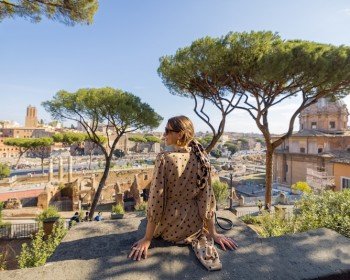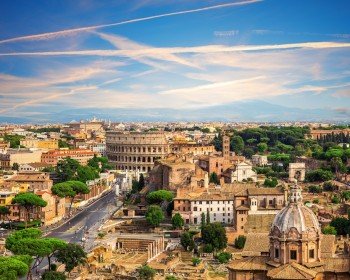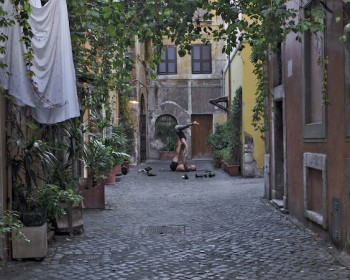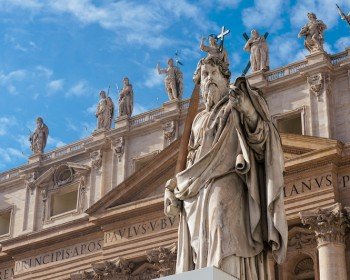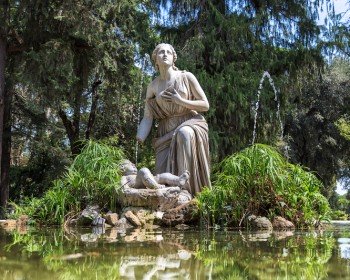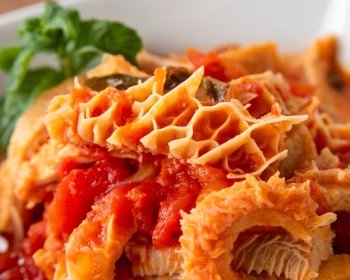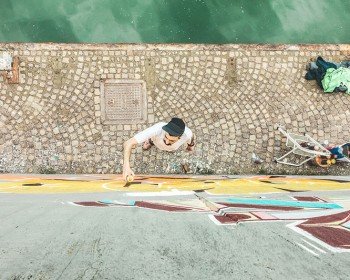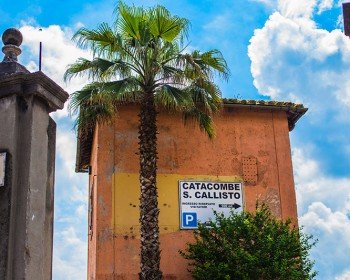It is not the first ghetto created in Italy — the oldest is the Venetian one! — but it dates back to 1555, when Pope Paul IV revoked all the rights granted to Jewish people. He established that they couldn’t practice any trades, with the only exception of tattered or second-hand clothes, and couldn’t own real estates. Moreover, they had to wear a distinguishing sign on their clothes.
At the beginning the neighborhood was surrounded by a tall wall interrupted in three points, that is to say the three gates Jewish used to go out and enter their ghetto. These gates were open at dawn and closed at sunset, in order to prevent its inhabitants to leave their houses at night. Nowadays the ghetto isn’t like this, because it was demolished at the end of the 19th century.
The Jewish Ghetto is a place in the core of Rome that can still amaze and move you, because of the strong historic impact it hides in every corner. Below the 5 places you can’t miss.
- The Great Synagogue of Rome
- Via Portico d'Ottavia
- Porticus Octaviae
- Tempietto del Carmelo and Church of San Gregorio della Divina Pietà
- Mattei Square
The Great Synagogue of Rome
Built in 1904, the “Tempio Maggiore di Roma”, the Great Synagogue of Rome, is the biggest synagogue in Europe, realized using Art Noveau style and elements from Asiatic influence. The oriental shade of its style refers to the origins of Judaism itself.
Exactly in the Synagogue there is the Jewish Museum of Rome, that offers both information about Jewish history in Rome and a wide collection of works.
Via Portico d’Ottavia
Adjacent to the Theatre of Marcellus, this street surrounds the Synagogue: it is exactly the most representative place of the Jewish and Roman traditions. Everywhere you can see a tiny bakery, small shops and typical restaurants — some of them still cook “Kosher”, a set of Jewish religious dietary laws —.
Among the most famous dishes you can appreciate the “carciofo alla giudia”, a fried artichoke, or a special fish soup. Speaking of, in ancient times Jewish women used to go to the fish market and because of their poor economic conditions had to settle for fish scraps. Boiling them all together they created this popular delicious soup — fish scraps are still the secret for a savoury dish! —.
Discover our ➡️ PRIVATE TOUR OF TRASTEVERE AND JEWISH DISTRICT
Porticus Octaviae
It is the symbol of the Jewish district — the name of the street derives from the Portico itself! —.
Octavia was Emperor Augustus’ sister, and he dedicated the monument to her, when it was rebuilt. The Portico includes the Temples of Jupiter and Juno Regina as well. Formerly it was a place totally devoted to culture, with libraries and museums.
During the Middle Age it was also the setting for the fish market and affixed on the ruins of the Portico, you can still see a marble tablet used as a unit of measurement: all the fishes bigger than the image were donated to magistrates, the others could be sold to the people.
The fish market lasted until the 19th century when, with the construction of the massive wall along the Tiber, it was not navigable anymore.
Unfortunately, this area became famous due to one of the darkest moments of the history: in 1943, on the 16th of October, the Jewish who lived in the district were gathered and deported to concentration camps by Nazi army. Nowadays there is still a plaque in honour of the numerous amounts of victims.
Tempietto del Carmelo and Church of San Gregorio della Divina Pietà
Pope Gregory XII established that every Saturday adults from the Jewish community had to take part at the so-called “forced sermons”, that is to say attempts to convert Jewish to Christianity. These lectures took place exactly in these two Churches. The story goes that Jewish used to attend the sermons with their ears shut up by wax.
The former, the “Tempietto”, is a tiny Catholic temple, dedicated to “the Virgin Mary of Mount Carmel” and dating back to 18th century; the latter endures from 12th century and its façade is characterized by a cartouche with an inscription from the Bible — both in Latin and Hebrew — used to warn Jewish people.
Mattei Square
The name derives from one of the palaces belonged to Mattei family and located precisely in the square. This family is famous because owned the keys of the ghetto: they used to open and close every day the gates of the enclosure, earning both money and respect from the pontifical power.
Actually, your attention will be drawn from the odd fountain for sure. The “Fontana delle Tartarughe”, literally the fountain of turtles, located in the middle of the square it was realized during the 16th century when the construction of the aqueduct was finished and the Aqua Virgo was supplied everywhere in the city. The turtles are not part of the original structure but were added by Bernini — you can appreciate just a copy of the original turtles, because due to some theft they are hosted in the Capitoline Museums —.
Walking down the streets you will get to the Tiber, take your time and look out onto it: you will be fascinated by the Tiber island — where you can get through “Ponte Fabricio” —.
The Jewish quarter it’s a gem hidden between Tiber river and Venezia square. People are always in a hurry and don’t pay attention to this district, and even tourists often ignore it. My advice is to reserve a few minutes even just for a walk through these unique treasures in the world. You will be catapulted in a timeless world, where life goes like you were not in a vital city like Rome. You will totally appreciate that atmosphere!


